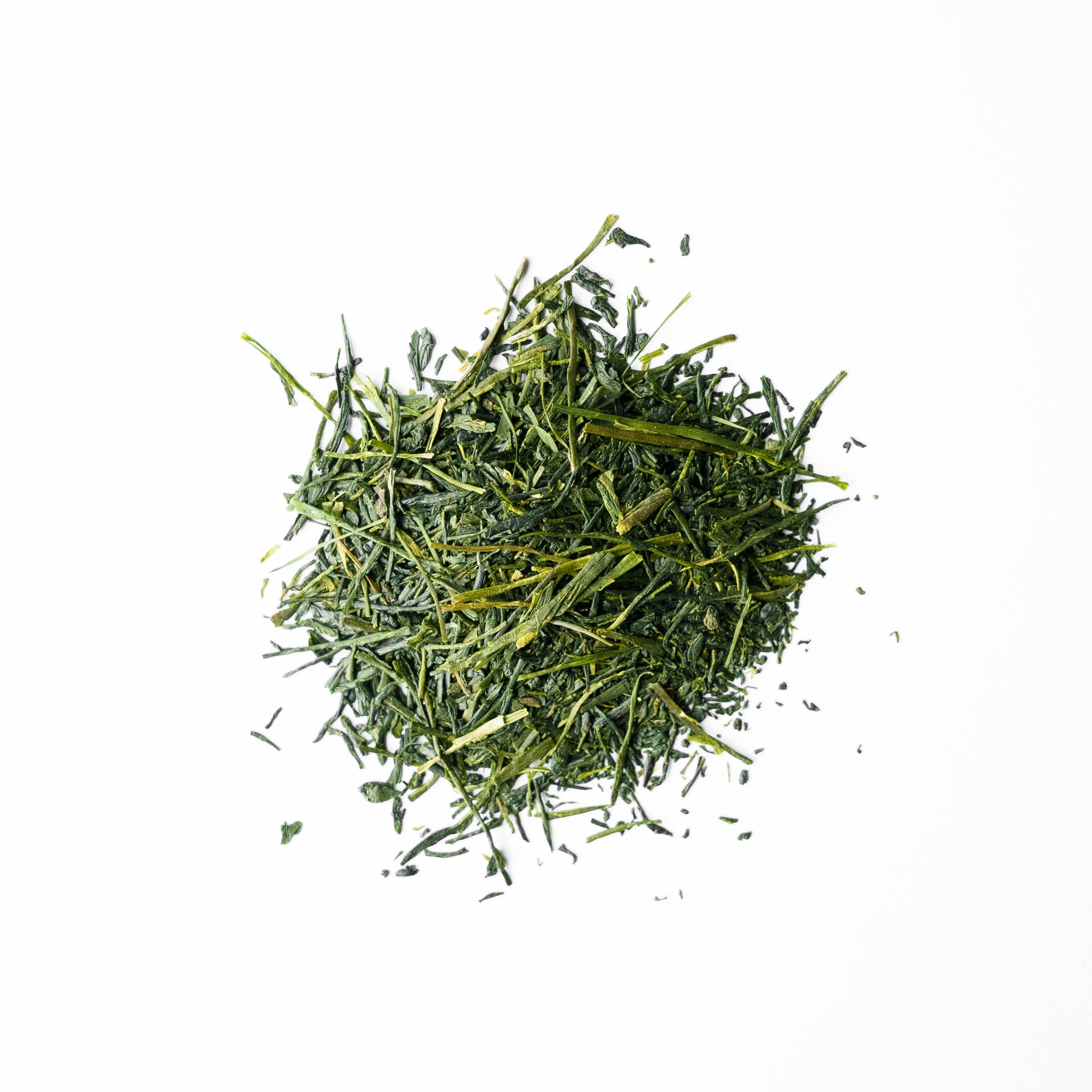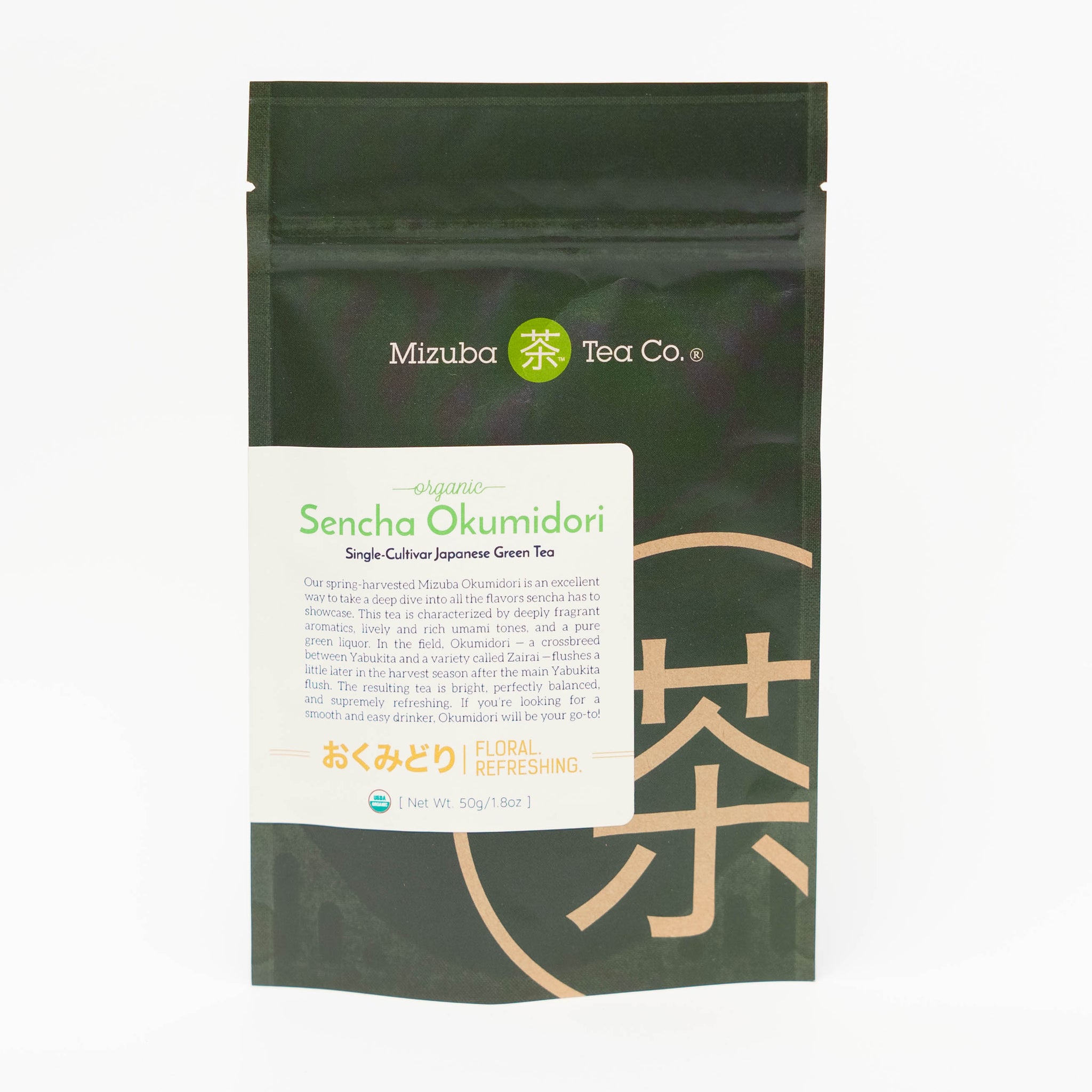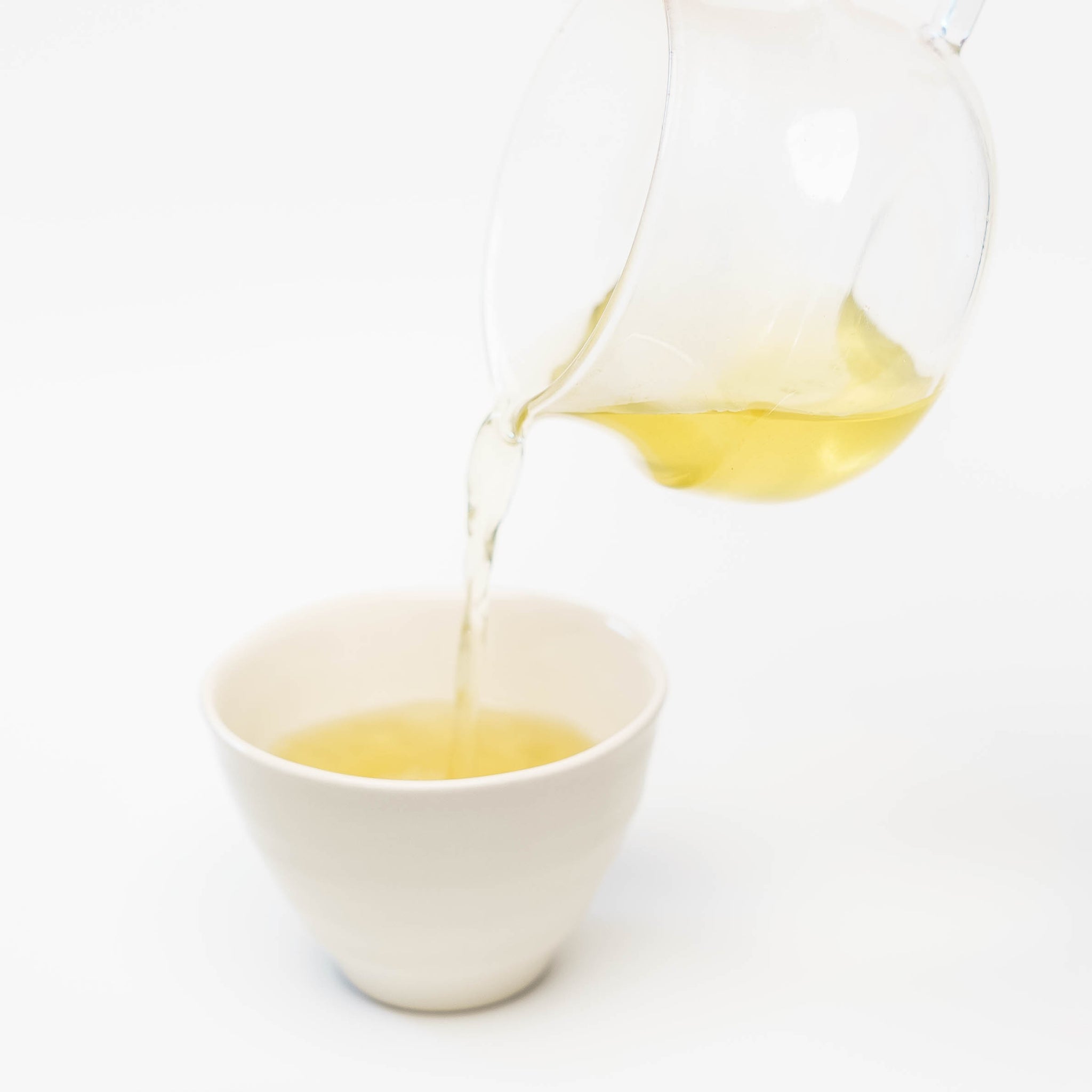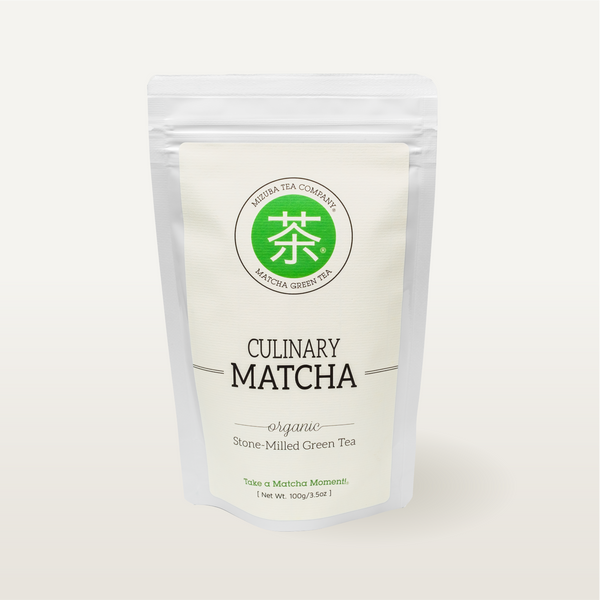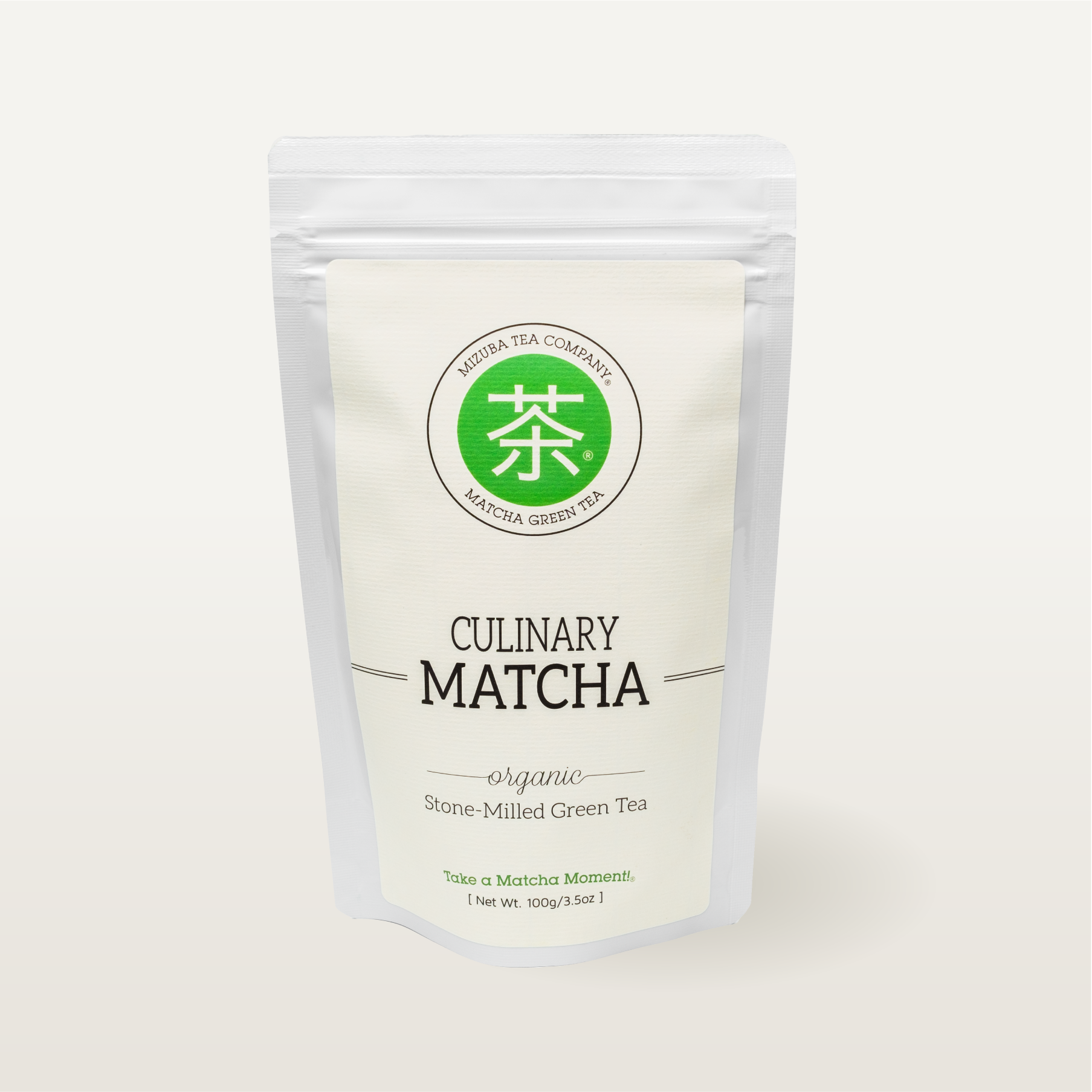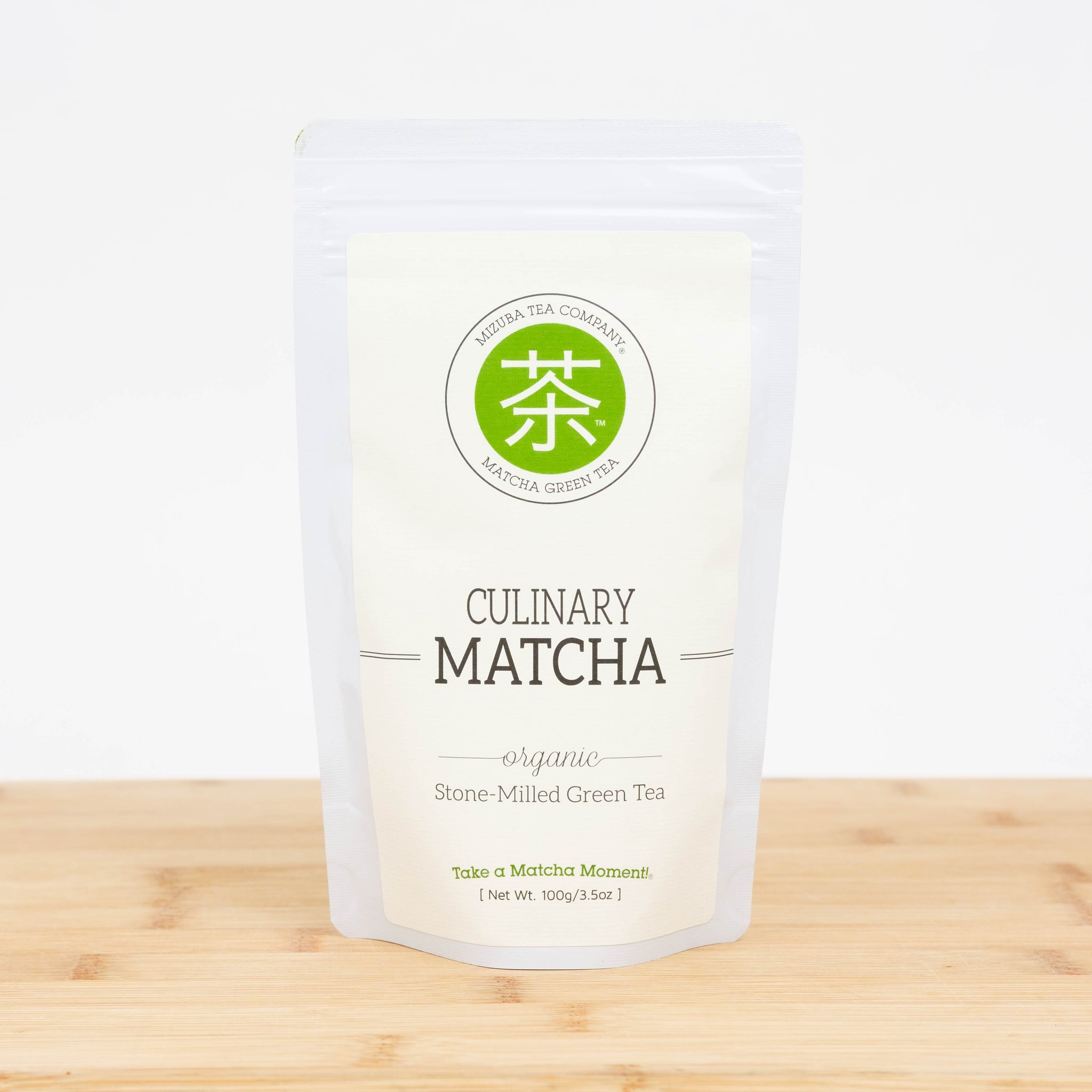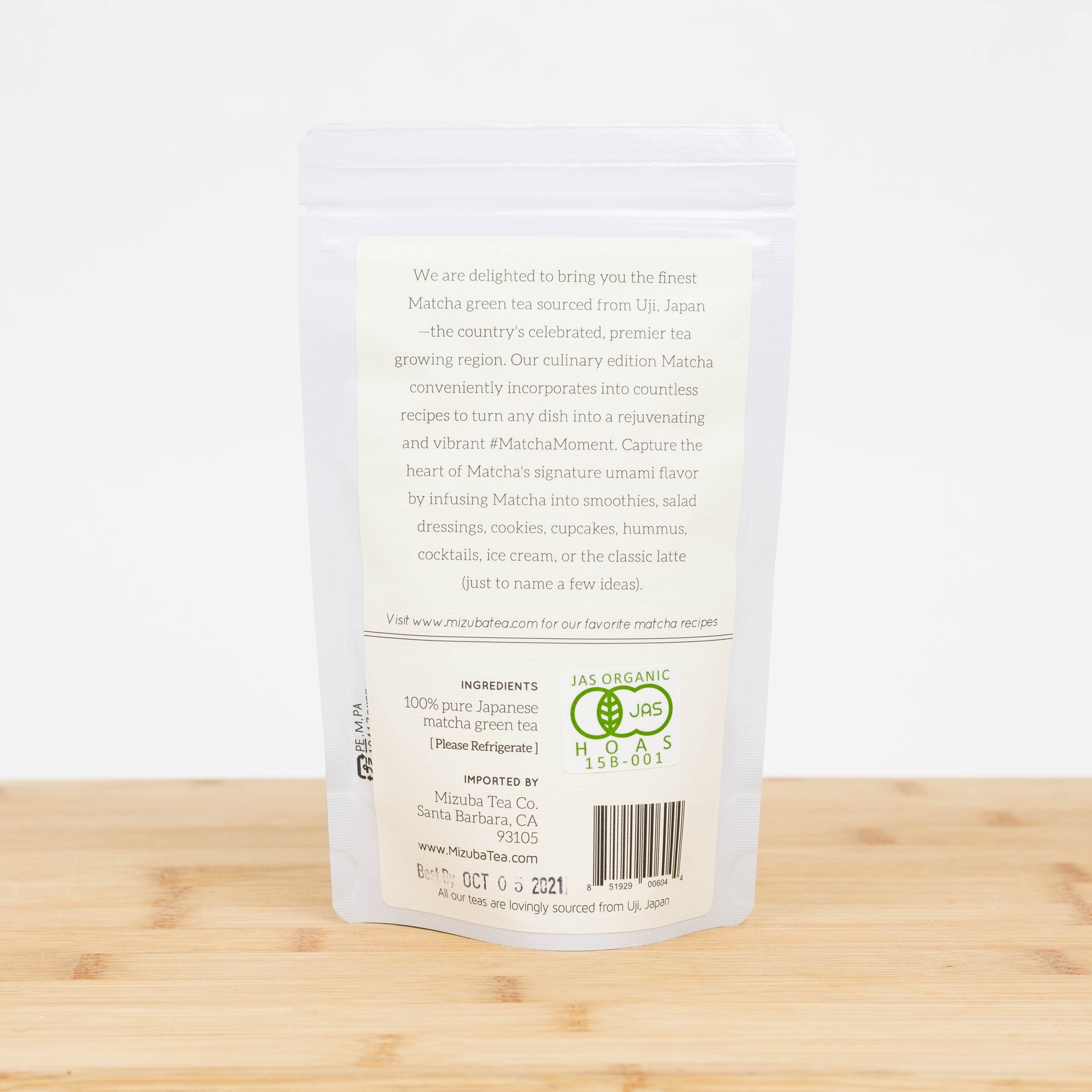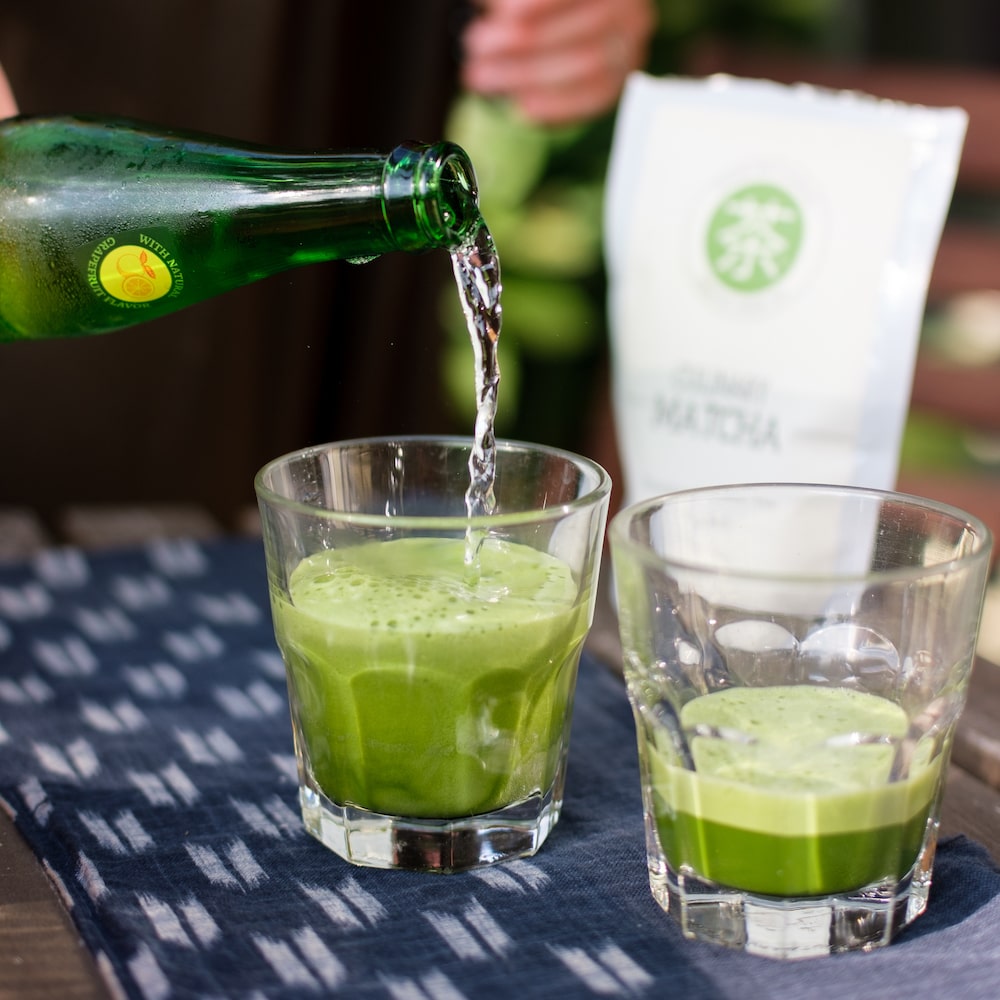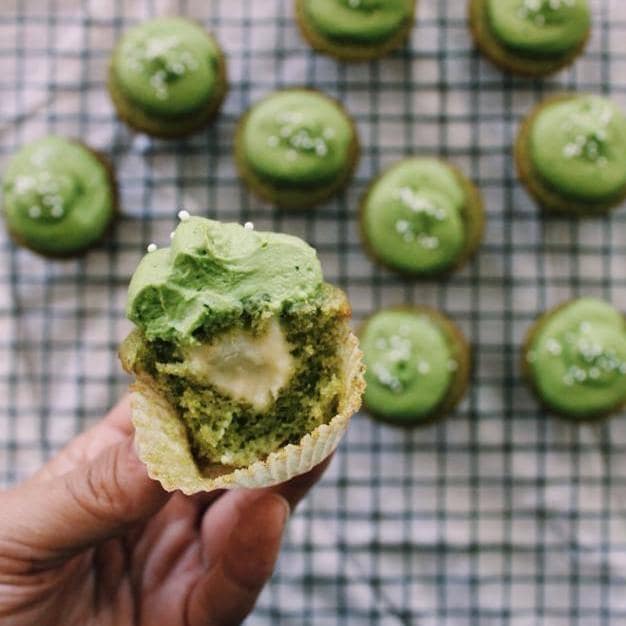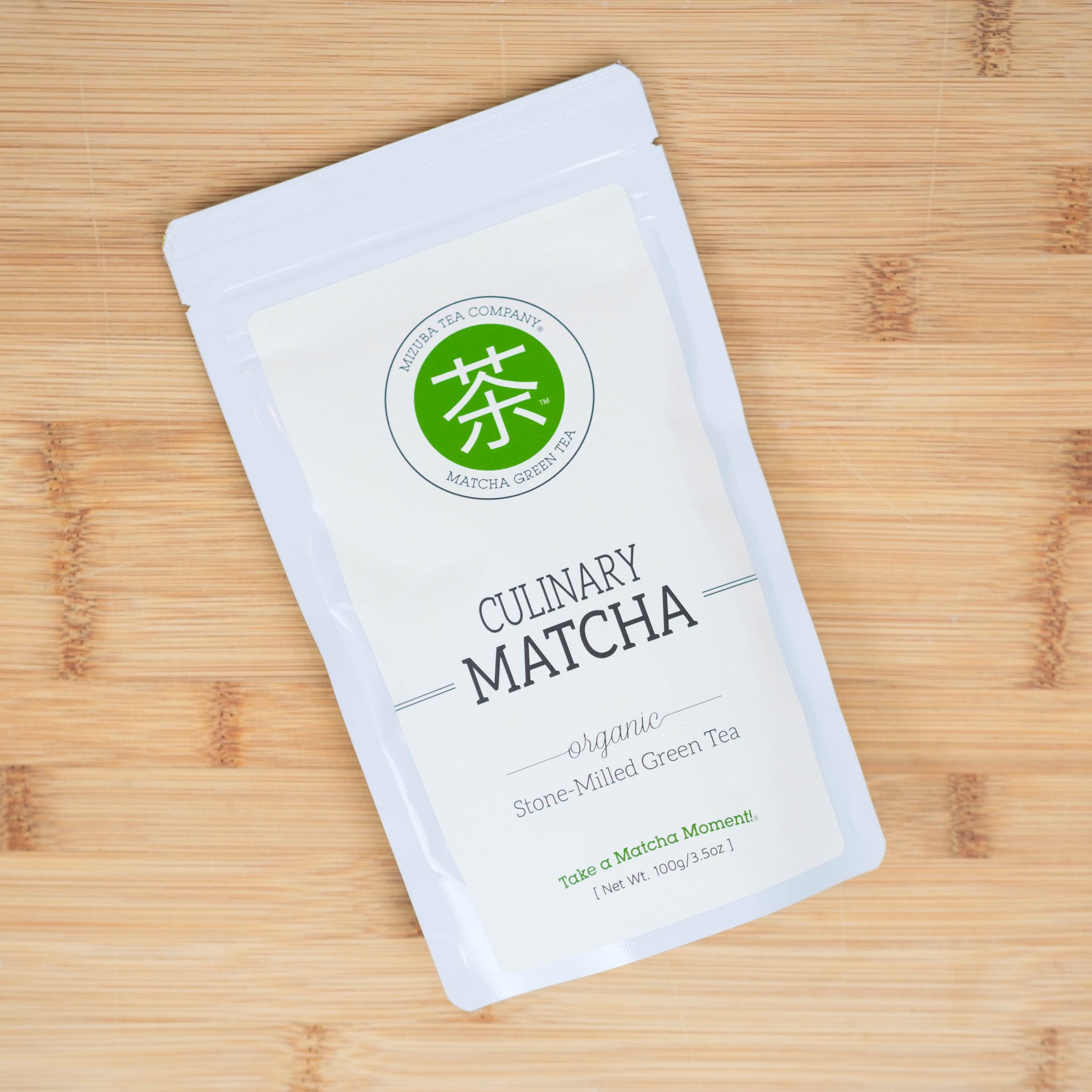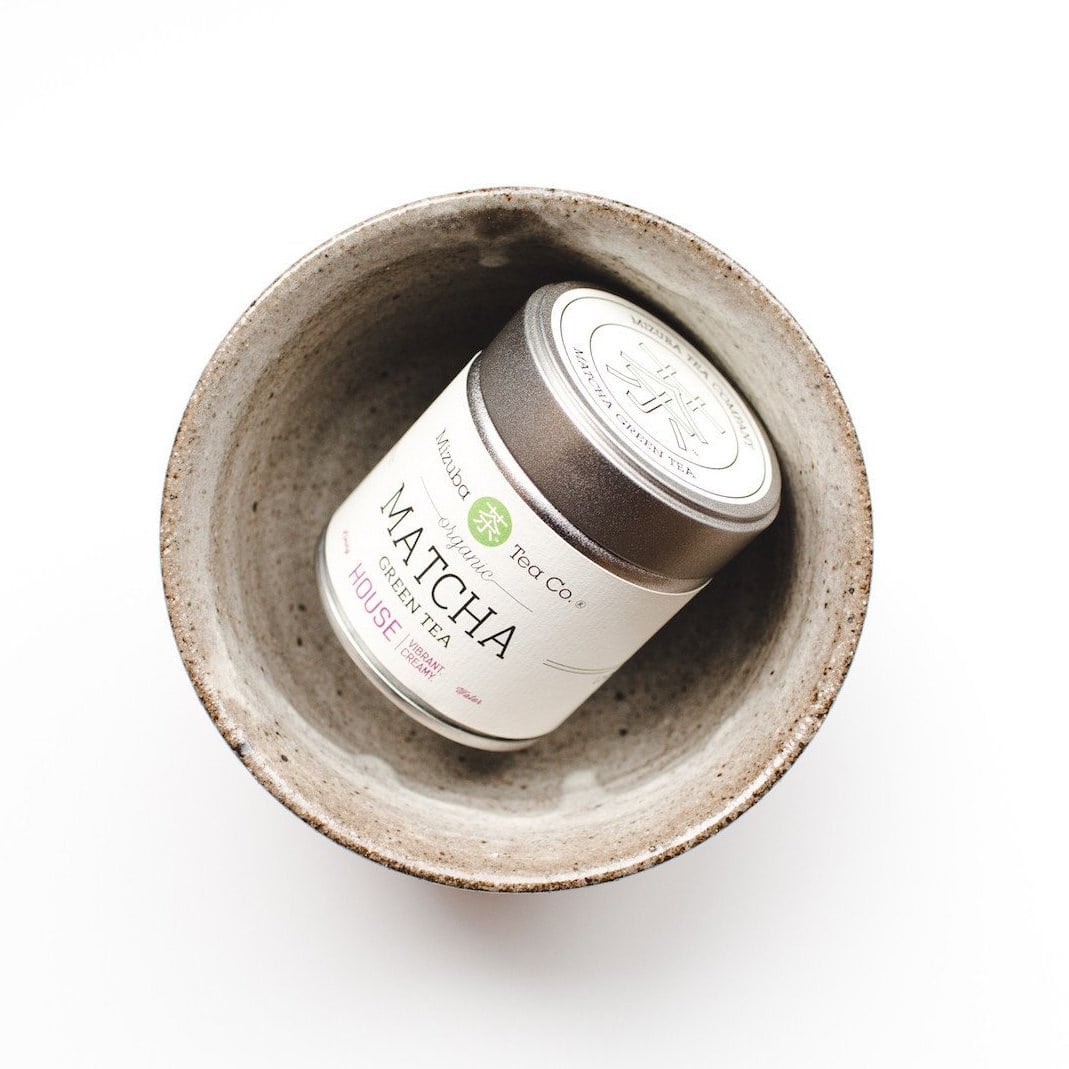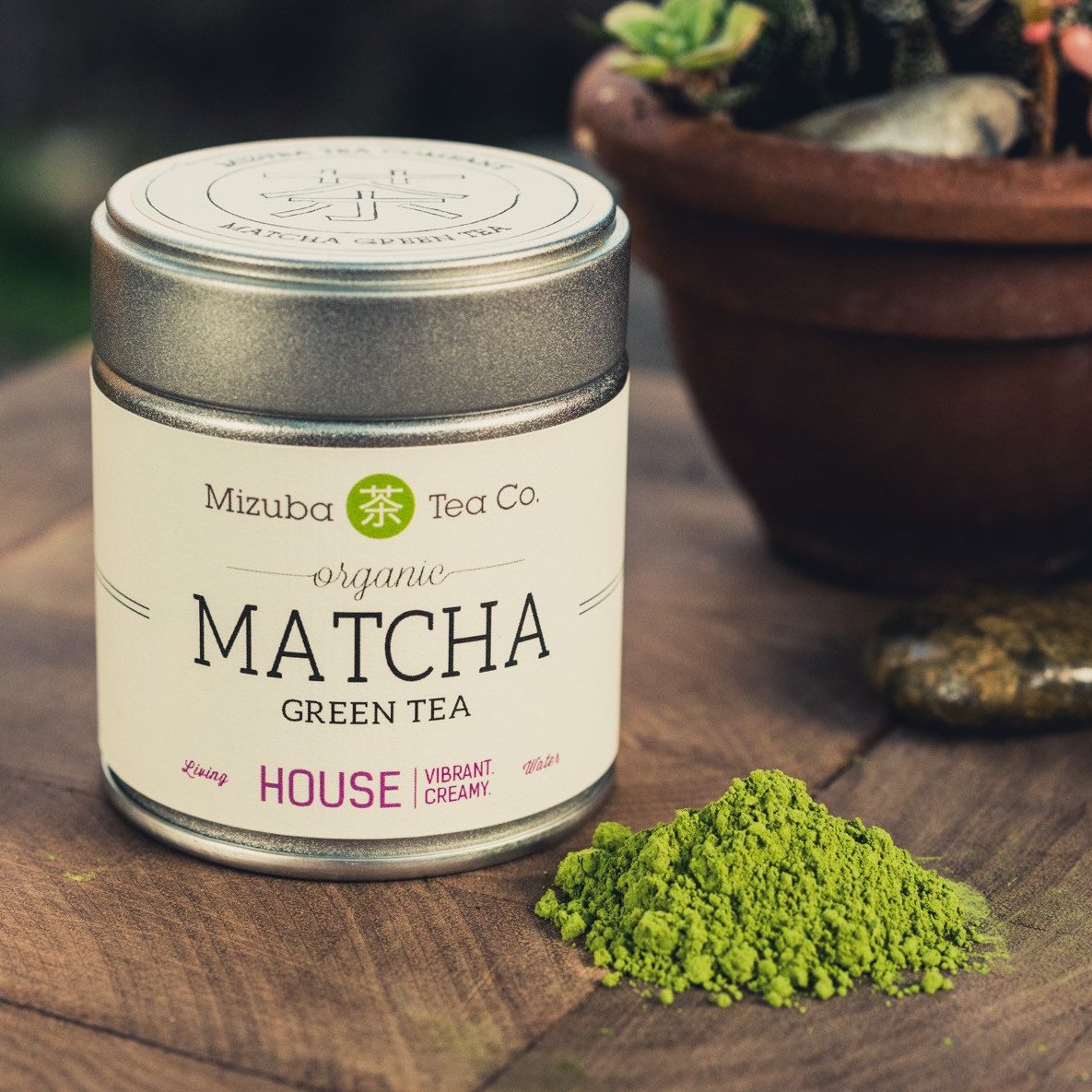Organic Sencha Okumidori
おくみどり: a Cultivar Study
Sold Out $ 16.00
Part of our single-cultivar series, meet Okumidori! This cultivar is characterized by fragrant aromatics and fresh, yet rich umami tones. When we first tasted this tea, we felt as though we had been transported directly to the fields of Japan! This brew features bright and distinct, yet balanced umami and is a really refreshing tea. Our spring-harvested Mizuba Sencha Okumidori is the top of its class and an excellent way to dive deeper into all the flavors sencha has to showcase.

History of Okumidori Cultivar:
Okumidori was officially registered as a cultivar by the National Institute of Vegetable and Tea Science in Kanaya in 1974 as a crossbreed between Yabukita and Zairai (a native tea cultivar). In the field, Okumidori flushes a little later in the Spring season about 11 days after the main Yabukita flush.
Why are cultivars important? Tea farmers learned how to preserve favorable characteristics of tea plants and propagate the cuttings to become the cultivars we know today. Characteristics in tea that farmers might try to preserve include what time in the season the plant buds (early, in the middle of spring, later in the year like Okumidori, etc), how hardy and resilient the plant is to a particular climate, and of course, what it tastes like. The key is to preserve a tea plant that is "stable" and reliable in what the producer wants to grow year after year.
Okumidori is a high-yield tea, making it attractive to farmers. As the Okumidori cultivar resists well to damaging spring frosts and cold temperatures, it became popular with farmers who wanted to extend their main tea harvest past the yabukita harvest. But of course, people love it now for its excellent flavor!
Okumidori was originally developed to produce sencha, but it is now also used to craft gyokuro and matcha. Okumidori accounts for about 3% of tea production today, and its leaves feature deeply verdant, upright leaves that are a bit smaller than the yabukita leaf. The tea produces a pure green liquor when brewed. If you're looking for a refreshing, easy drinker with little astringency, Okumidori will be your go-to!
Check out our Okumidori Green Tea Powder!
What is Sencha?
Sencha is the most ubiquitous tea found in Japan, but for good reason — it exemplifies the one-of-a-kind umami flavor that epitomizes the heart of Japanese taste. Sencha illustrates the harmonious balance of sweetness, astringency, umami, and bitterness. Even its translation hints to its ubiquity: "sen" means "to infuse" while "cha" means "tea," so sencha in totality translates to "brewing tea." Invented in the 18th century in Uji, Japan by Soen Nagatani, the tea leaves are dried, steamed, and rolled into their characteristic needle shape. A fairly versatile tea, sencha can be brewed & enjoyed in a myriad of ways depending on personal preference.
Tasting Notes:
Aroma: mellow, with slight hints of rose & milk chocolate.
Flavor: the brew is an incredibly refreshing tea with hints of mulberry, toasted grain, and a floral finish.
Tea Details:
Location: Kirishima City, Kagoshima
Harvest Season: Early Spring, Shincha season - April.
Cultivar: Okumidori!
Process: Once the first flush (shincha / ichibancha) is ready to harvest in the spring, the leaves are diligently gathered — most often this will be the bud with 2 or 3 leaves of new growth. To create our sencha, the leaves are steamed (Chumushi, normal steaming), dried, cooled, rolled into shape, sorted, and then rolled a final time.
Brew Guide:
Amount: 6g (2tsp) Sencha
Water: 180ml (6oz) of 160º-175ºF water.
Time: 30 seconds - 1 minute, or up to 2 minutes depending on your preference. You may also try hotter temperatures for shorter periods of time. You'll experience a range of flavors. Using the guide above will give you a sweeter cup, while the hot water/short time brew method will extract more vegetal notes. Experiment! Our producer notes that this particular tea reveals a super fresh flavor at higher temperatures while developing a more savory taste when brewed at lower temperatures.
Make Iced Tea: Our sencha is great for both slow ice-steeping and cold brewing.
Learn 3 different methodologies to make iced tea here.
Food Pairing: You could drink sencha all day long, but we especially like this one with chocolate cake :)
Sold in either 50g or 100g bags. Store in a cool, dark location. Best consumed within 3 months.
Related Items
Daily Matcha Green Tea
$ 21.00
Start by making Matcha part of your daily routine. Essential for anyone looking for a lifestyle centered around wellness, this fresh and delicious tea is perfect for your morning fix...
View full product detailsCulinary Organic Matcha
$ 32.00
Can’t get enough of our matcha green tea? Great, we can’t either! Here's our secret to every matcha latte, smoothie, cookie, and dish: Mizuba Culinary Organic Matcha. As a powder,...
View full product detailsHouse Organic Matcha Green Tea
Sold Out $ 25.00
We are currently waiting on a fresh shipment of our House Organic Matcha. Need matcha now? If you love House, we think you'll love the flavor profile of our Organic Nagomi...
View full product details
